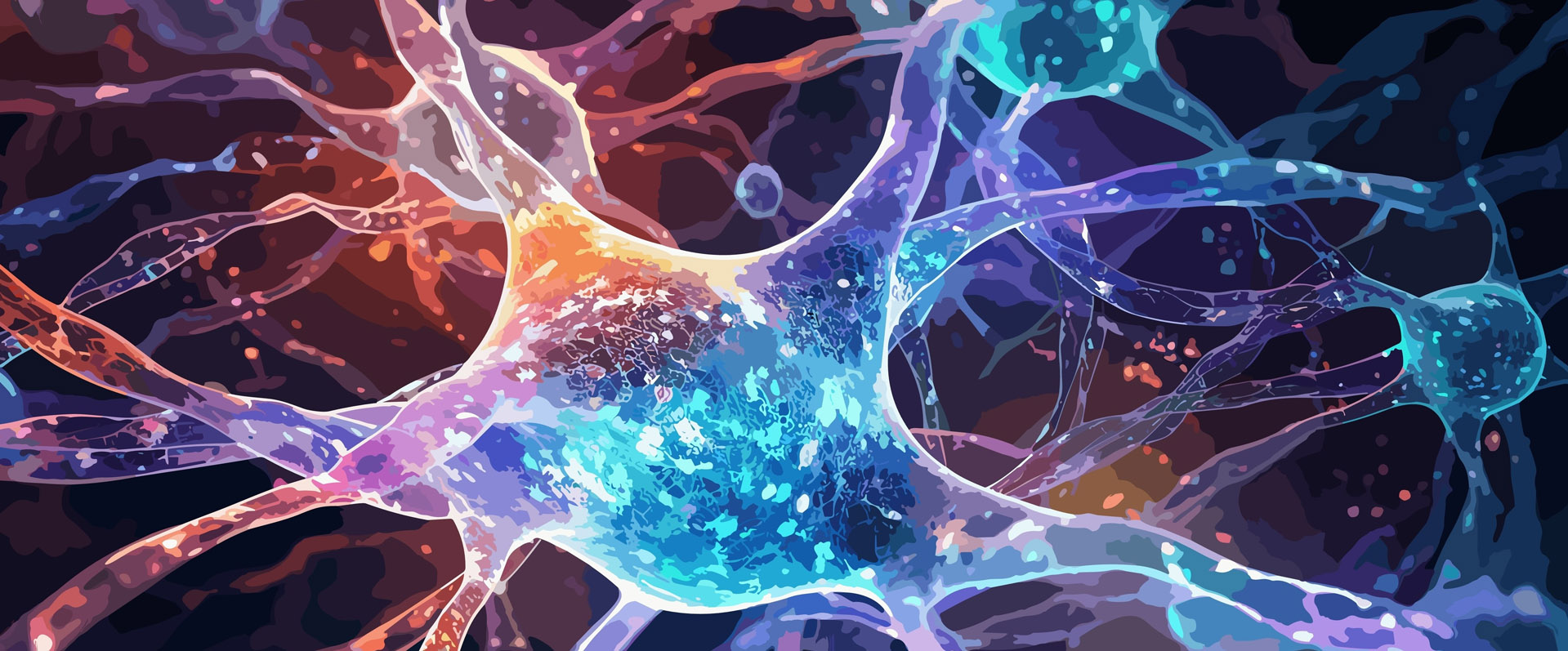Making hand movements in response to visual cues is common in daily life. It has been well known that this process activates multiple areas in the brain, but how these neural activations progress across space and time remains largely unknown.
Taking advantage of intracranial electroencephalographic (iEEG) recordings using depth and subdural electrodes from 36 human subjects using the same task, Dr. Gerwin Schalk, Director of the Chen Frontier Lab for Applied Neurotechnology, and his colleagues applied single-trial and cross-trial analyses to high-frequency iEEG activity. The results, published in the journal Cerebral Cortex, show that the neural activation was widely distributed across the human brain both within it and on the surface, and focused specifically on certain areas in the parietal, frontal, and occipital lobes, where parietal lobes present significant left lateralization on the activation. The team was also able to demonstrate temporal differences across these brain regions. Finally, they evaluated the degree to which the timing of activity within these regions was related to sensory or motor function.
The findings of this study promote the understanding of task-related neural processing of the human brain, and may provide important insights for translational applications.
